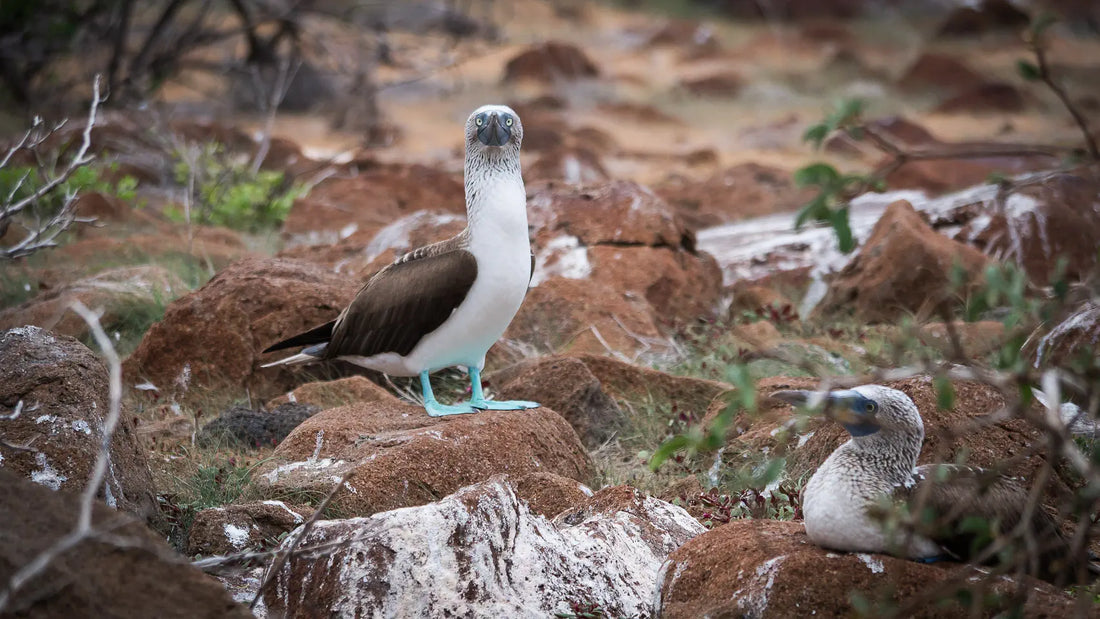
The Galápagos Islands - travelling through the archives
Share
With no big bucket-list travel plans on the horizon, I thought I might spelunk my archives and relive some old adventures. Here's hoping we all get to explore further fields again some day! This story is inspired by this week's Art of Birding photo challenge, which is "one from the archives." It's all about the time we visited the Galápagos Islands - a huge, wonderful and scary adventure we undertook in 2014. I'd not travelled for years and never intrepidly - this was well out of my comfort zone! It took much arm-twisting and encouragement from the lovely Lynn. But I'm so glad I took the plunge, not least of all because it sparked a love of wildlife photography. Because it was a photography trip, that was the impetus to buy my first decent camera (ironically most people on the trip were not photographers). It was a pivotal trip in my first steps towards becoming an artist, although I didn't know it at the time. Thanks Lynn and thanks Tui for a trip of a lifetime!
Lynn also twisted the arms of other Zealandia-associated people, making for a lovely, friendly group of people to travel with, along with a few brave souls from other parts of the world who found themselves surrounded by kiwi bird-nerds. Leaving from Ecuador, we flew to the islands and set sail on a little boat for an 11 day cruise. We each chose a “spirit animal” that we most wanted to see. I chose the Blue-footed Booby – a most ridiculous and improbable bird with bright blue feet and intricate courtship rituals, which involves showing off said feet and offering sticks to their beloved.

Tui de Roy photographing a baby sea lion
We learned so much from the amazing Tui de Roy - the wildlife photographer leading the tour - and a Galápagos native. My biggest take-home was to get on-level with my critter and not take “roadkill” shots looking down on them. That sometimes involves getting down in the sand and dirt, but we were also fortunate to get great angles on albatross that were launching themselves off a cliff face.
Landings on the islands are strictly controlled and timed. Because we were a photography tour, we got the early morning and late afternoon slots, which made for fabulous light (though some very early starts!).
The hardest outing, but the most rewarding, was getting out to the waved albatross colony, which involved walking a couple of km over pebbly rocks - exhausting! The albatross are amazing, and so beautiful with their delicate patterning and big eyes. We got to see their courtship rituals where they mimic each other in a choreographed dance, usually with a competitor looking on. My favourite shot from the entire trip is the one above.
I was blown away to see flamingos up close, peacefully feeding in the shallows. Such stunning birds. They're not endemic to the islands, but it was the first time I'd ever seen one.
Getting up close was a theme of the trip. Most of the birds evolved without seeing humans as a threat. We were able to walk through their breeding colonies and if we kept quietly to ourselves, they simply didn't give a shit that we were there. There was no need for a super long lens or tripod on this trip! Most of these photos were taken with a 35-100mm or 100-300mm zoom (4/3rds camera).
Getting up close was a theme of the trip. Most of the birds evolved without seeing humans as a threat. We were able to walk through their breeding colonies and if we kept quietly to ourselves, they simply didn't give a shit that we were there. There was no need for a super long lens or tripod on this trip! Most of these photos were taken with a 35-100mm or 100-300mm zoom (4/3rds camera).
The Galápagos are filled with improbable critters, and the stories of their evolution are fascinating. Possibly the most improbable though is the Galápagos penguin - yes a penguin - found in the tropics at the equator! Curiously, the waters around the islands are cold due to the Humboldt current, which brings cold water up from southern Chile. This photo is a wee bit blurry because the zodiac was pitching up and down.
Another improbable bird was the short-eared owl that lives in cavities out on the volcanic flats - this was Lynn's spirit bird. We only spotted one once it started flapping its wings frantically.
It's always problematic to take long-haul travel to visit rare and endangered birds, but the Galápagos can only afford to look after these precious ecosystems with the money they get from tourism. It's a delicate balance with no easy answers. If you do get the opportunity to go, do go - there's nothing else like it on earth. But do your research first and choose your tour operator carefully to ensure they put the welfare of the critters first (Lynn did just this, and chose brilliantly!)
Next story, I'll show you some amazing birds from the side-trip we took to the Bella Vista Cloud Forest in Ecuador - just as amazing and totally different!
A P.S. about pottying and intrepid travelling...
One thing tour operators are often bad at is telling you how much fitness is needed for a trip and practical things like how long the walks are and how often you'll get a potty break - information I need before committing to a trip. People who have chronic illnesses can manage quite intrepid travelling if fully informed and well prepared. Fortunately the folk at Galapagos Travel were super helpful and allayed all my concerns.
If you're thinking of touring the Galápagos, know there are no loos on most of the islands, so you need to hold on for a couple of hours (most outings were for no longer than that). Most of the islands are covered in scrubby bush, so there's no ducking behind a tree, and even if you don't mind hanging it all out, it's discouraged. I managed by giving up coffee (a diuretic) before the trip, and only having a proper drink once we returned from the morning's outing. I only took judicious sips of water while out walking, just enough to avoid dehydration. I also had an emergency pee/poo/puke bag filled with absorbant crystals that could be used for emergencies, but thankfully never had to use it (pick them up online or from a travel/outdoors store for the peace-of-mind if nothing else).
Typically there were three things to do each day: a morning excursion, an afternoon snorkel, and a late afternoon/evening excursion. Some of the excursions were just cruising in the zodiacs and some involved getting out and walking. I usually chose just two of the three events a day to manage my energy levels and stayed on the boat otherwise. I didn't miss out on any show-stopper outings, and cleverly avoided climbing the volcano in the mist to not get a view and not get covered in mud 😂. I was converted to small boat cruises as a way to travel - you only unpack the once, and it's easier to skip an outing because you know you're not going to be left behind!
Happy to answer any questions you may have about travelling in the Galápagos in the comments below...
If you're thinking of touring the Galápagos, know there are no loos on most of the islands, so you need to hold on for a couple of hours (most outings were for no longer than that). Most of the islands are covered in scrubby bush, so there's no ducking behind a tree, and even if you don't mind hanging it all out, it's discouraged. I managed by giving up coffee (a diuretic) before the trip, and only having a proper drink once we returned from the morning's outing. I only took judicious sips of water while out walking, just enough to avoid dehydration. I also had an emergency pee/poo/puke bag filled with absorbant crystals that could be used for emergencies, but thankfully never had to use it (pick them up online or from a travel/outdoors store for the peace-of-mind if nothing else).
Typically there were three things to do each day: a morning excursion, an afternoon snorkel, and a late afternoon/evening excursion. Some of the excursions were just cruising in the zodiacs and some involved getting out and walking. I usually chose just two of the three events a day to manage my energy levels and stayed on the boat otherwise. I didn't miss out on any show-stopper outings, and cleverly avoided climbing the volcano in the mist to not get a view and not get covered in mud 😂. I was converted to small boat cruises as a way to travel - you only unpack the once, and it's easier to skip an outing because you know you're not going to be left behind!
Happy to answer any questions you may have about travelling in the Galápagos in the comments below...








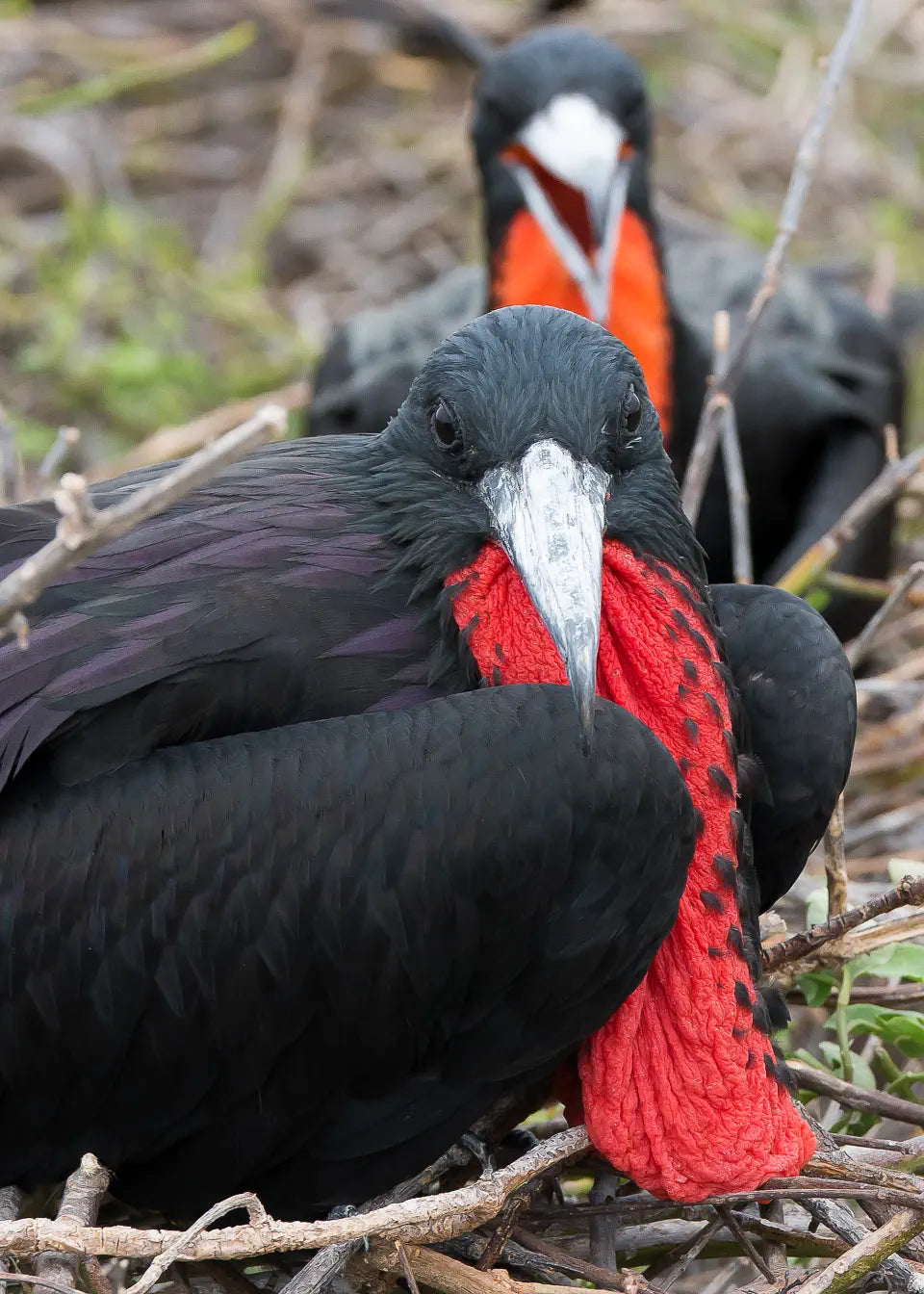





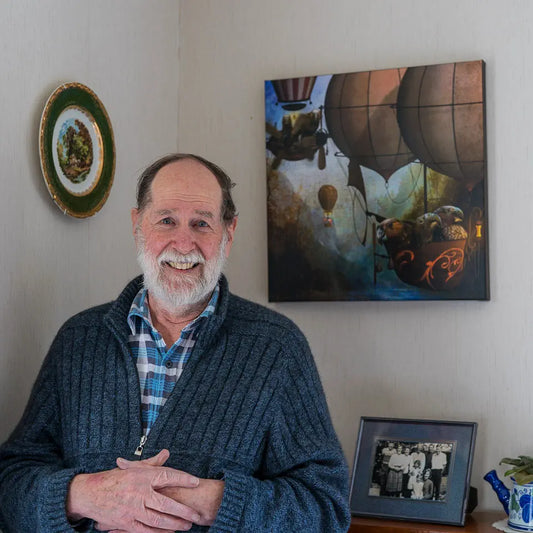
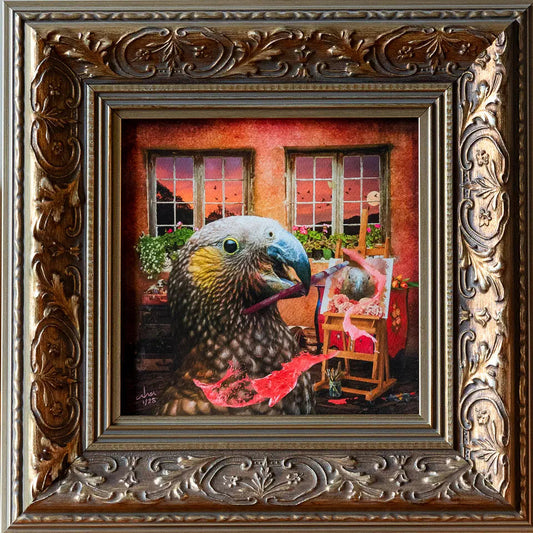
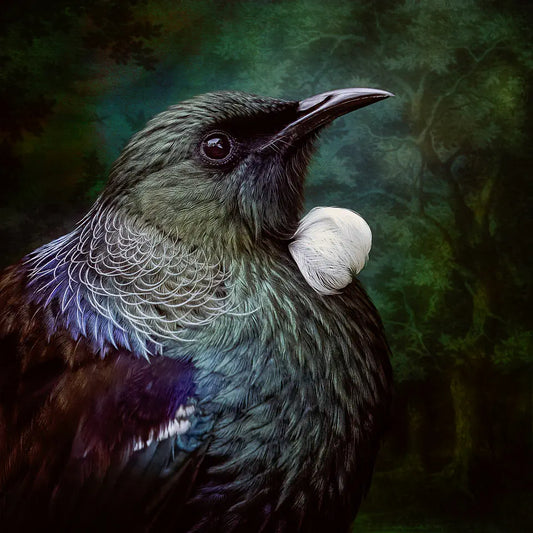
8 comments
Ngā mihi
Judi
Ngā mihi
Judi
Cheers,
Judi
Ngā mihi
Judi